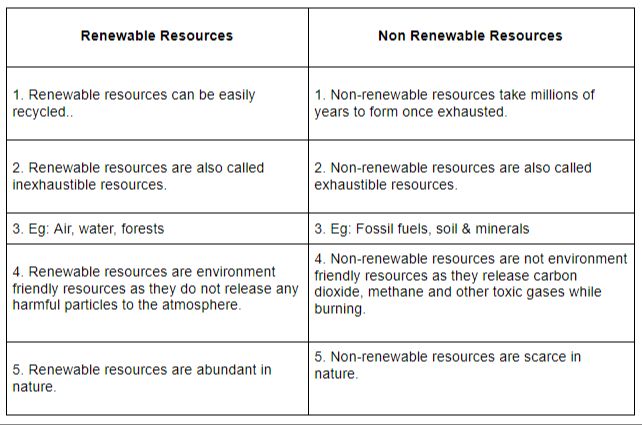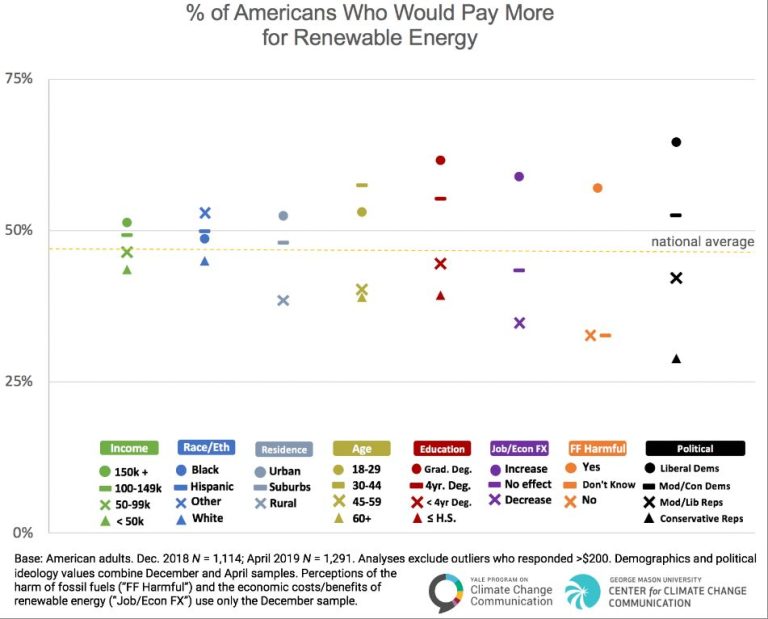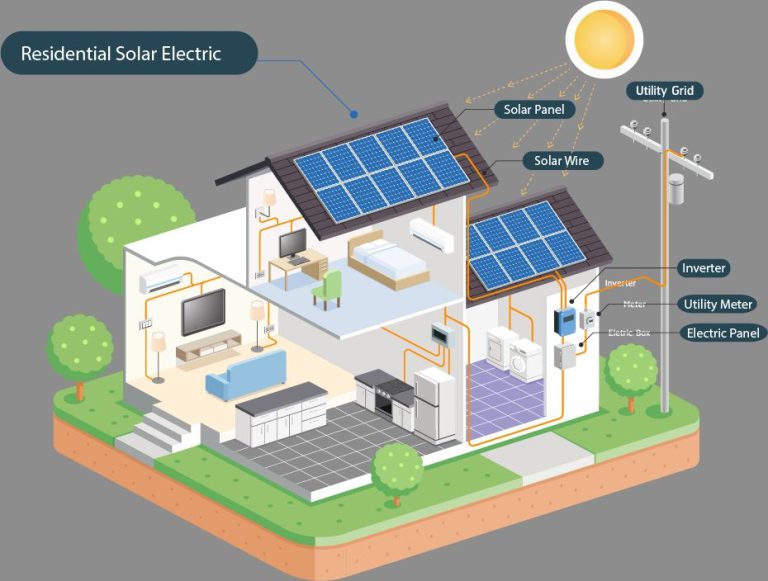Is Tesla Powerwall Worth It?
What is the Tesla Powerwall?
The Tesla Powerwall is a rechargeable lithium-ion battery designed to store energy at home and act as a backup power source. It was first introduced by Tesla in 2015 as part of their move into the energy storage market.
The Powerwall comes in two main capacity options – the 7kWh weekly cycle version optimized for backup power, and the 13.5kWh daily cycle model which can provide full home energy needs when paired with solar panels. Both models are wall-mounted and compact, measuring 4′ x 3′ with a depth of 7″.
The way the Powerwall works is by charging using electricity generated from solar panels or pulled from the grid during off-peak hours when electricity rates are low. The stored energy can then be used to power your home and appliances in the evening, or during a grid outage. This allows homeowners to reduce their electric bills by optimizing their energy consumption.
How does the Powerwall work?
The Tesla Powerwall is an integrated home battery system that stores energy from solar panels or the grid in a rechargeable lithium-ion battery pack. It then supplies power on demand, providing energy resilience and potential cost savings.
During the day, any excess solar energy not immediately used by your home is stored in the Powerwall battery. At night or during an outage when solar isn’t generating, the Powerwall automatically delivers stored power as needed to run your home.
The Powerwall can also charge from the grid during off-peak hours when electricity rates are lower. This stored power can then be used during more expensive peak times, helping reduce electricity bills.
The system includes proprietary power electronics to manage the charge and discharge process efficiently. It continuously optimizes based on energy usage and solar production forecasts to maximize savings.
What are the key features and benefits?
The Tesla Powerwall offers several key features and benefits that make it an appealing option for homes and businesses looking to improve energy resiliency and efficiency.
Back up power during outages – One of the main benefits of the Powerwall is that it can provide backup power to your home during grid outages and electricity disruptions. The Powerwall stores energy from solar or the grid so that you have a reliable energy supply even when the grid goes down.
Solar energy storage – For homes with solar panels, the Powerwall allows you to store any excess solar energy generated during the day for use at night. This maximizes solar energy usage and reduces reliance on the grid.
Peak energy load shifting – By using the Powerwall to store energy during off-peak hours when electricity rates are lower, you can reduce energy costs by shifting usage to off-peak times.
Energy independence – With solar panels and the Powerwall, homes can achieve true energy independence and resiliency. The system provides renewable power generation and storage to supply your home’s energy needs.
What are the costs?
The main costs associated with installing a Tesla Powerwall are the purchase price for the battery itself and the installation fee. The Powerwall battery currently retails for $7,500 for a 14kWh model or $11,500 for a larger 22kWh model. This is the upfront equipment cost just for the battery unit.
Installation costs can vary widely based on your location and system configuration, but average around $1,000-$3,000 for standard home installations. Complex setups involving multiple Powerwalls, solar integration, etc. can cost $5,000 or more for installation labor and additional equipment.

In total, most homeowners spend $10,000 to $15,000 upfront for a single Powerwall installation and basic setup. Ongoing maintenance fees are minimal – Tesla provides a 10 year warranty and the sealed battery system requires no regular maintenance. The main recurring cost is your electric bill savings from using stored electricity during peak rate periods.
What factors affect ROI?
There are a few key factors that determine the return on investment from installing a Powerwall battery:
Electricity costs in your area – Areas with high electricity rates make the Powerwall more cost-effective, as you can offset more expensive grid power with your stored solar energy. Places with lower electricity costs will see a longer payback period.
Net metering policies – Net metering allows you to get credited for excess solar energy you export to the grid. Locations with less favorable net metering policies mean the Powerwall can help you capture more of your solar production for use when you need it.
Cost of solar panels if bundled – Tesla often bundles the Powerwall with solar panel installation. The overall system cost and solar panel pricing will impact ROI calculations. High solar panel costs may lengthen the payback timeframe.
Case studies and examples
Peter installed a Powerwall 2 system with two Powerwall units at his home in California. With Time-of-Use rates and net metering in his area, Peter found he could save over $1,000 per year on his electricity bill. During peak hours from 4-9pm, Peter draws energy stored in his Powerwalls instead of from the grid, effectively using solar power generated during the daytime for his evening usage. This avoids paying premium Time-of-Use rates during peak hours.
Mary lives in Arizona and installed a single Powerwall 2 to help keep essential appliances running during power outages. She found during a week-long summer outage that the Powerwall kept her refrigerator, lights, fans, and internet running seamlessly. This avoided thousands in food spoilage and allowed her family to remain comfortable in their home.
An analysis by EnergySage found that adding a Powerwall to a new solar system increased costs by around $8,500, but resulted in $11,000 of projected savings over 10 years from Time-of-Use optimization and outage backup. The study concluded that the Powerwall offered a compelling return on investment in many scenarios.
Limitations and Considerations
The Tesla Powerwall has some drawbacks to consider before purchasing:
Upfront Investment Required
The Powerwall requires a significant upfront investment, with prices starting at around $7,000 for the Powerwall and additional costs for supporting equipment and installation. For many homeowners, this high initial cost can be a barrier, even if long-term energy savings are significant.
Limited Energy Capacity
The 14 kWh capacity of the Powerwall may not be enough to power an entire home overnight or during a prolonged outage. Careful load planning is required to size the system appropriately.
Requires Solar for Maximum Benefit
To utilize the Powerwall’s full potential for energy cost savings, solar panels are required. The Powerwall stores excess solar energy for use when the sun isn’t shining. Without solar, utility energy savings will be minimal.
Tax Credits and Incentives?
There are a few tax credits and incentives available that can help offset the cost of installing a Tesla Powerwall battery system.
Federal Tax Credits
At the federal level, homeowners can claim a 26% tax credit off the total cost of installing a home battery system like the Powerwall through the end of 2022. This credit will drop to 22% in 2023. To qualify, the battery must store energy from an eligible renewable energy source like solar panels.
State and Local Incentives
Many states and utilities offer additional incentives, rebates, or credits for home battery installations:
- California: Up to $850 per kWh rebate through the Self-Generation Incentive Program (SGIP)
- Massachusetts: Up to $250 per kWh rebate through the SMART program
- New York: Up to $85 per kWh tax credit through the Energy Storage Tax Credit program
Check for any credits or incentives offered in your state and utility service area to lower the cost of a Powerwall system.
Alternatives to Consider
The Tesla Powerwall isn’t the only option for home energy storage. Here are some alternatives worth considering:
Other Home Battery Options
There are a handful of competitors in the home battery space. Some popular alternatives include:
- LG Chem RESU – High capacity option up to 19.2 kWh. More modular and configurable than Powerwall.
- Sonnen Eco – Compact modular design from 4-16 kWh. Emphasis on intelligent software and controls.
- Generac PWRcell – Ranges from 8.6-14.4 kWh. Needs professional installation but long warranty.
- Enphase Encharge – Modular plug-and-play design from 3.5-10.1 kWh. Works with Enphase solar systems.
These all work similarly to Powerwall as home battery storage solutions. Each has their own pros and cons to weigh up.
Solar Without Battery
You don’t necessarily need a battery to go solar. It’s possible to install solar panels and remain grid-connected without adding a battery. This avoids the significant extra cost of batteries.
You can then export excess solar energy back to the grid and earn bill credits. Just be aware you lose the backup power and independence benefits batteries provide.
The bottom line
When weighing the costs versus benefits of the Tesla Powerwall, it’s clear that this home battery system offers significant advantages for certain types of homeowners. The upfront cost of Powerwall ranges from $7,000 to $16,500, depending on the model and number of batteries. This is a major investment for most households. However, the long-term energy bill savings and ability to power your home during grid outages can provide a solid return on investment over 5-10 years for some users.
The Powerwall is likely to provide the best value proposition for homeowners that:
- Live in regions with high energy costs per kWh
- Experience frequent power outages and place a priority on backup power
- Have solar panel systems and want to maximize self-consumption
- Want to benefit from time-of-use rates to reduce energy costs
- Qualify for federal or state tax credits and rebates for storage
While the upfront investment is steep, the Powerwall enables greater energy independence, savings, and sustainability for the right homeowner. For those who highly value backup power or maximizing solar self-consumption, the long-term benefits can make the Powerwall worth the investment.






